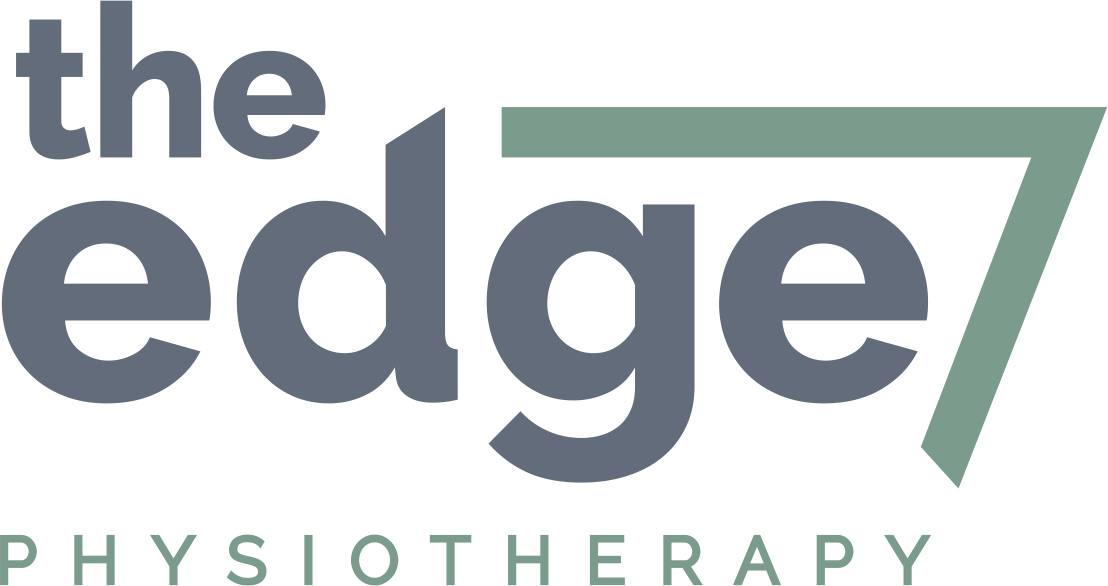Pointe work…frequently asked questions
Here are some of the most common questions I am asked when it comes to pointe work.
How old should my child be to go onto pointe and why?
Around 12 years of age, apart from the maturity it takes to undertake structured classes such as pointe, we also have to consider growth plate development at the bones and the detrimental effects of too much load through the feet that is part of pointe work
How long does it take to go on pointe?
Progression to pointe work is just that, a progression. As you would train for a marathon, we train to go onto pointe so as to be most successful once there and to prevent injuries. Your dance teacher and physiotherapist will advise you of this
How many times will my daughter need to see a physiotherapist and over what timeframe?
The response to this question is patient specific, but generally provided the student has no previous existing conditions, a normal strength and flexibility program takes anywhere from 6-8 weeks. We can’t rush this process. You may see your physiotherapist anywhere from 2-5 times during this phase after the initial assessment.
Will we need to see a physiotherapist once on pointe?
Patients often choose to continue seeing me on an ongoing basis even in the absence of pain or injury. In particular, students who are part-time or full-time dancers will regularly book in for therapy more so to help with ongoing conditioning. Many see this as an investment in their future and it is my great pleasure to see people through their dancing careers.
What if after the assessment my child is deemed not ready for pointe work?
Dr Justin Howse, Physician for the Royal Ballet Schools and The Royal Academy of Dancing in London, said “There are certainly well-known dancers who were not strong enough to start their pointe work until they were over the age of sixteen and this has proved no handicap in their career.” Your therapist may suggest a review for pointe assessment at a future time. Pointe assessments are a screening process designed to prevent juries, identify any issues, and help students to be successful in their dancing careers
I know other children who either didn’t get a pointe assessment or did and are on pointe even though I think they shouldn’t be
A pointe assessment is a means of keeping our children safe, by arranging an assessment you are giving your child the best opportunity to succeed.
What should my child wear to the assessment?
Preferably flexible shorts and a t-shirt or crop top, no tights, leotard or ballet shoes. Your therapist needs to be able to see every joint and assess the available range of movement and strength your child possesses.
Will pointe work cause injury to my child?
Pointe work is certainly a challenging aspect of classical technique and can cause some injuries if not properly monitored. Initially once on pointe your child may have some generalised aches and pains as this is an indication that their body is getting use to the new load distribution. In addition, they may get some pressure points through the toes and feet.
Will the pointe assessment include ongoing injuries and conditions?
To a degree yes, but only by means of identification. For a thorough examination of a condition it is best to book in for this specifically with the therapist
If there is anything I have missed here please feel free to contact me, this is a working list.
Sam

